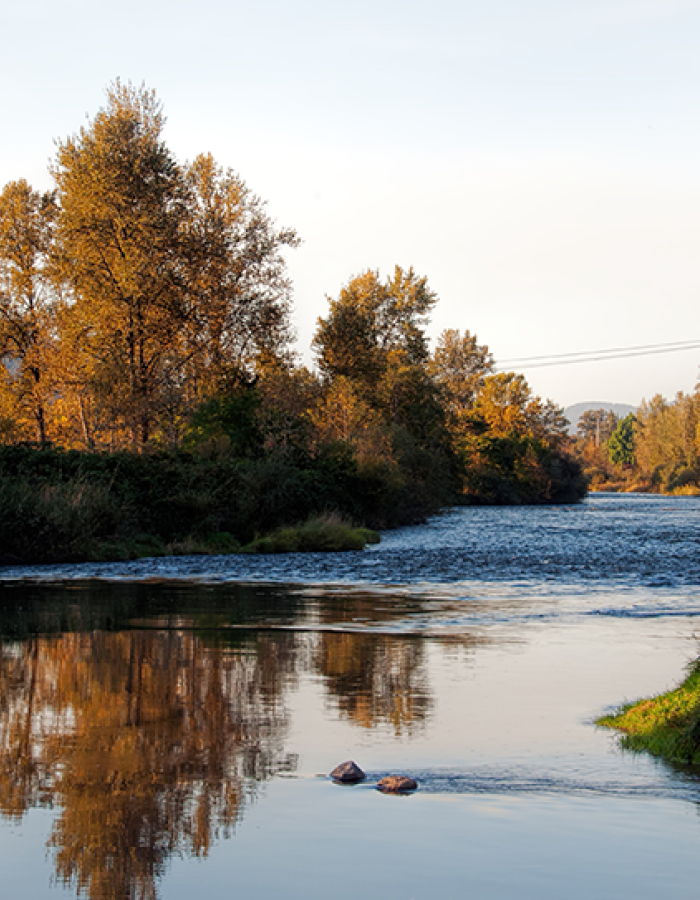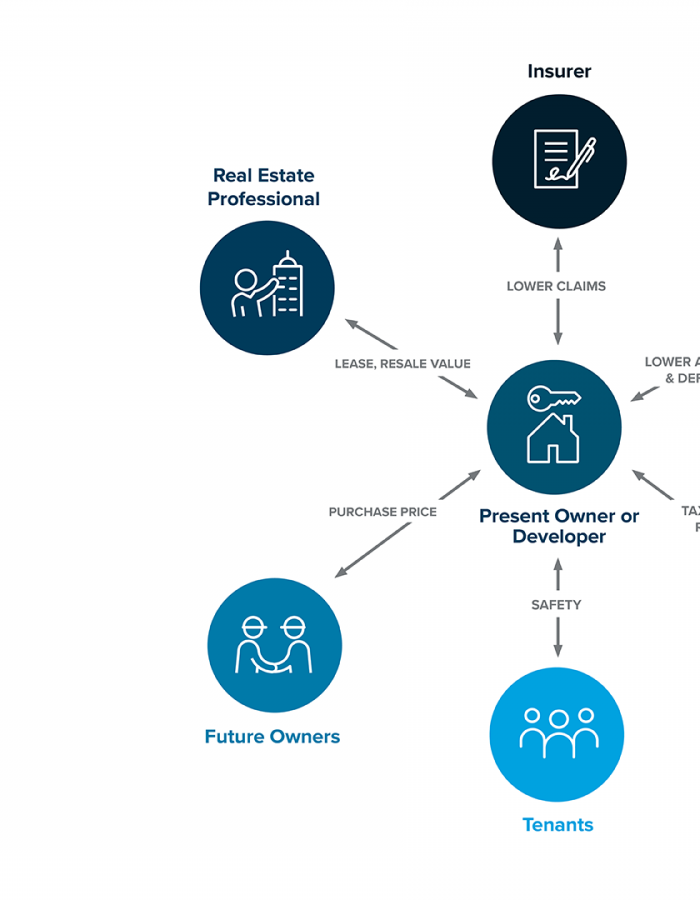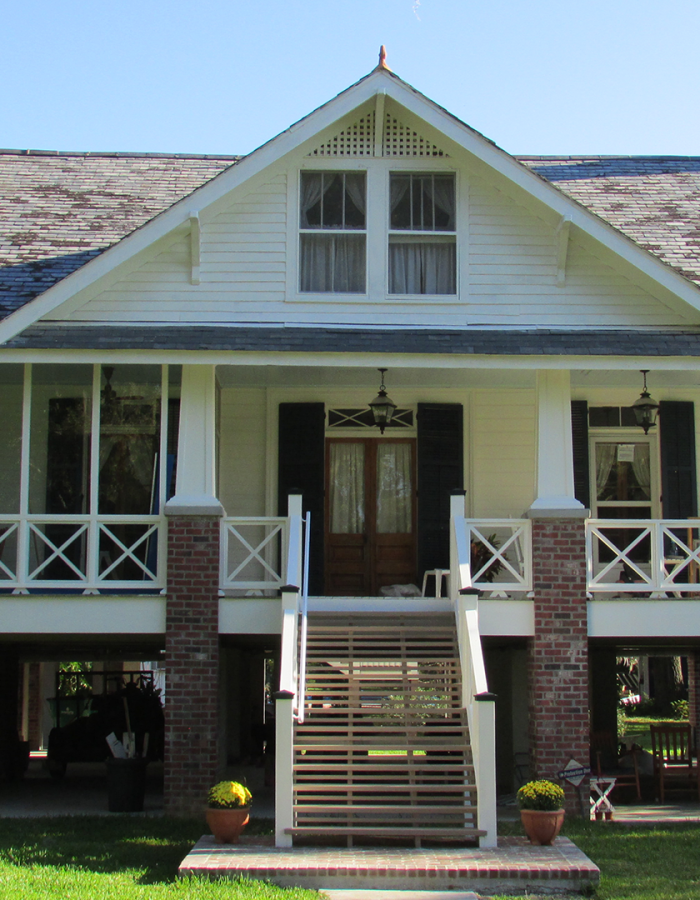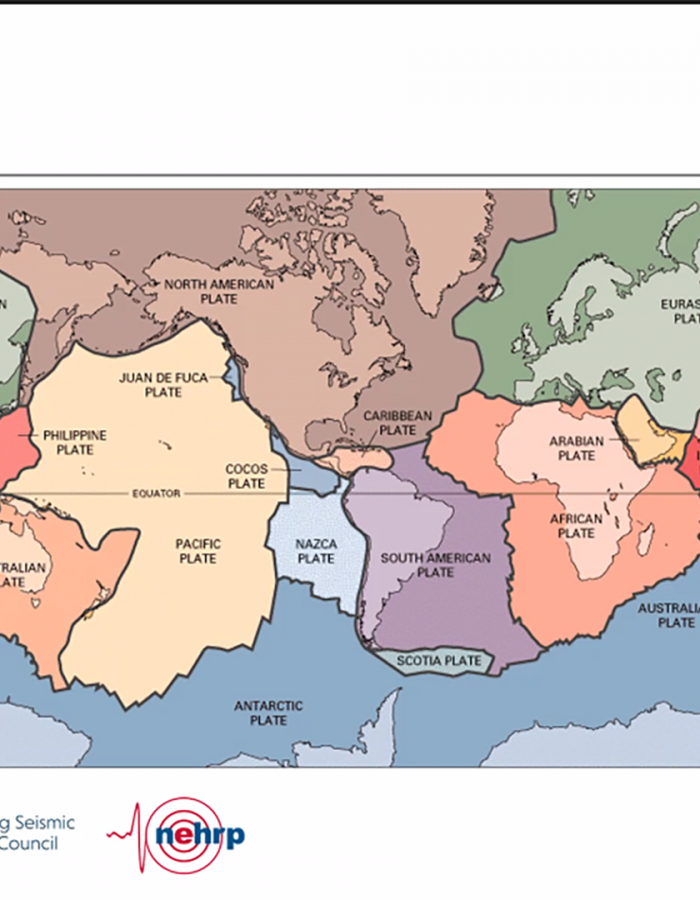
Oregon’s Department of Environmental Quality has begun working with Portland’s 13 bulk fuel terminals to assess their seismic vulnerabilities and implement mitigation, according to an opinion piece published today in The Oregonian by NIBS Special Advisor, Lifelines Infrastructure Initiative Yumei Wang, PE, FASCE.










